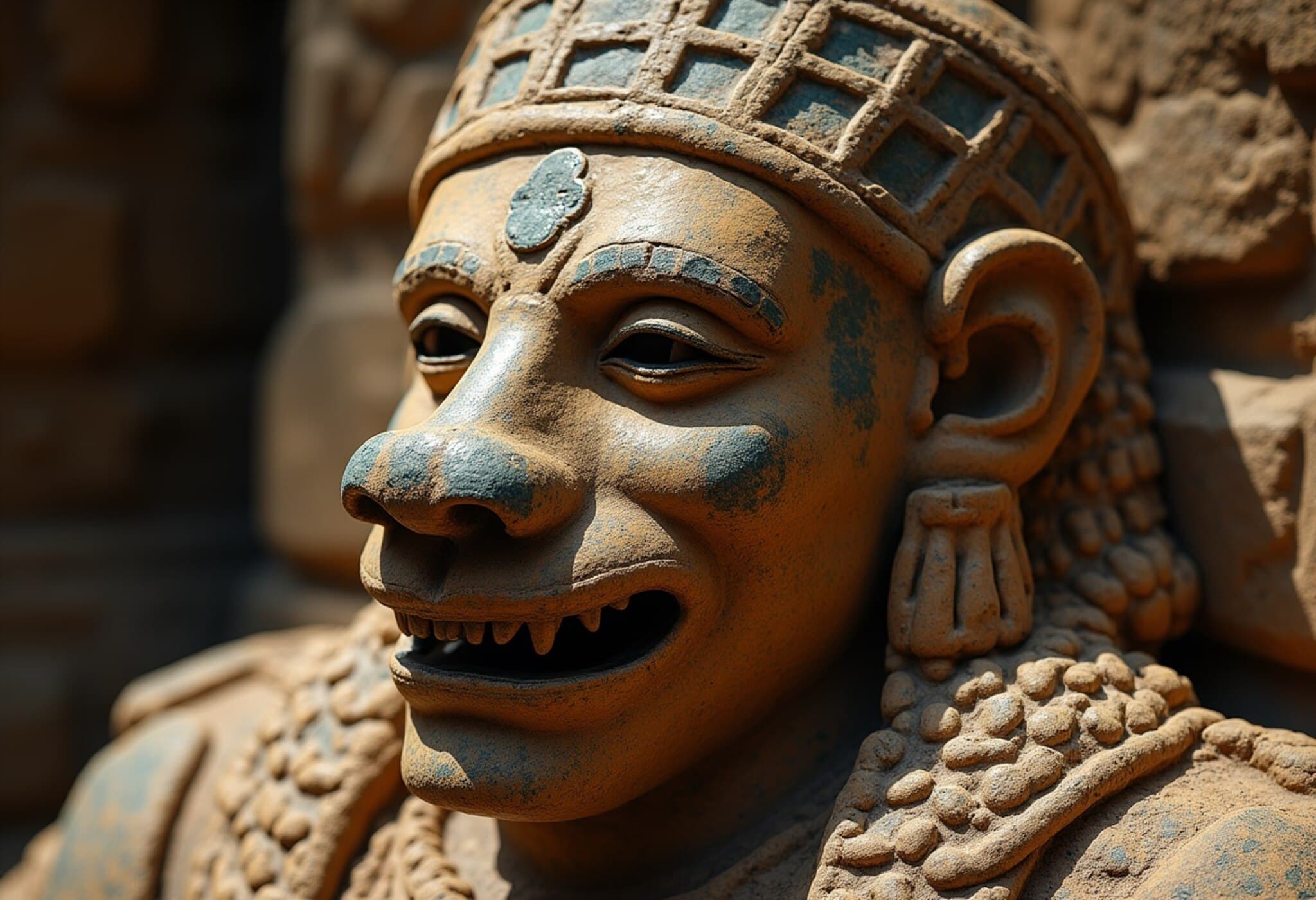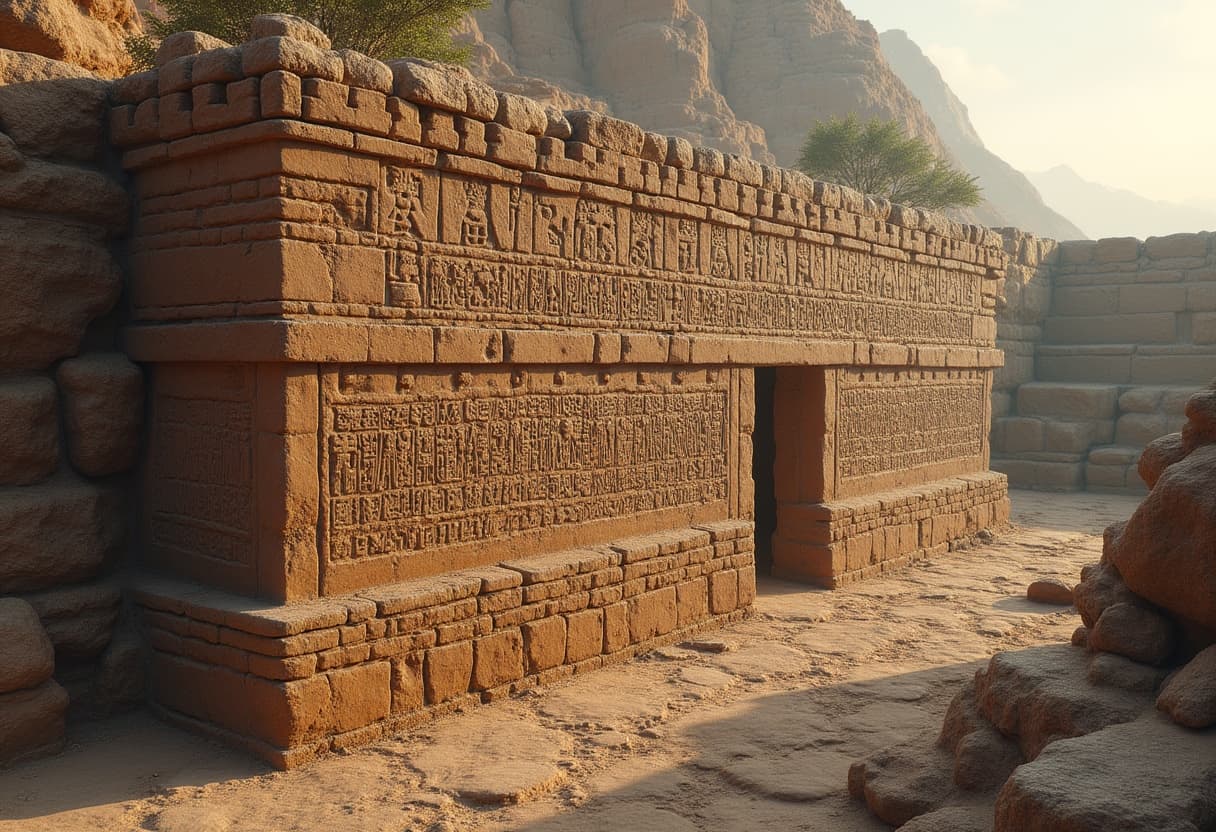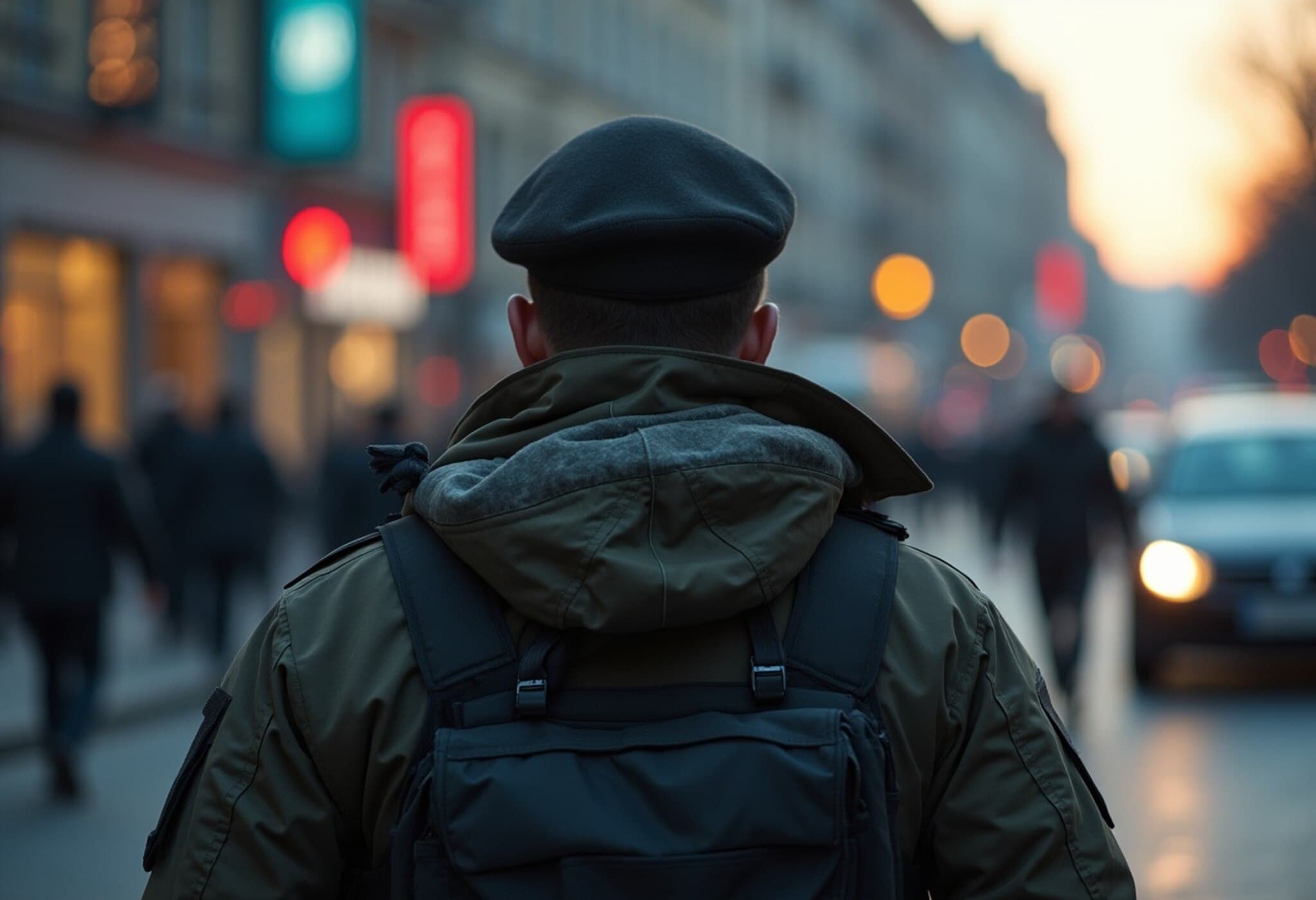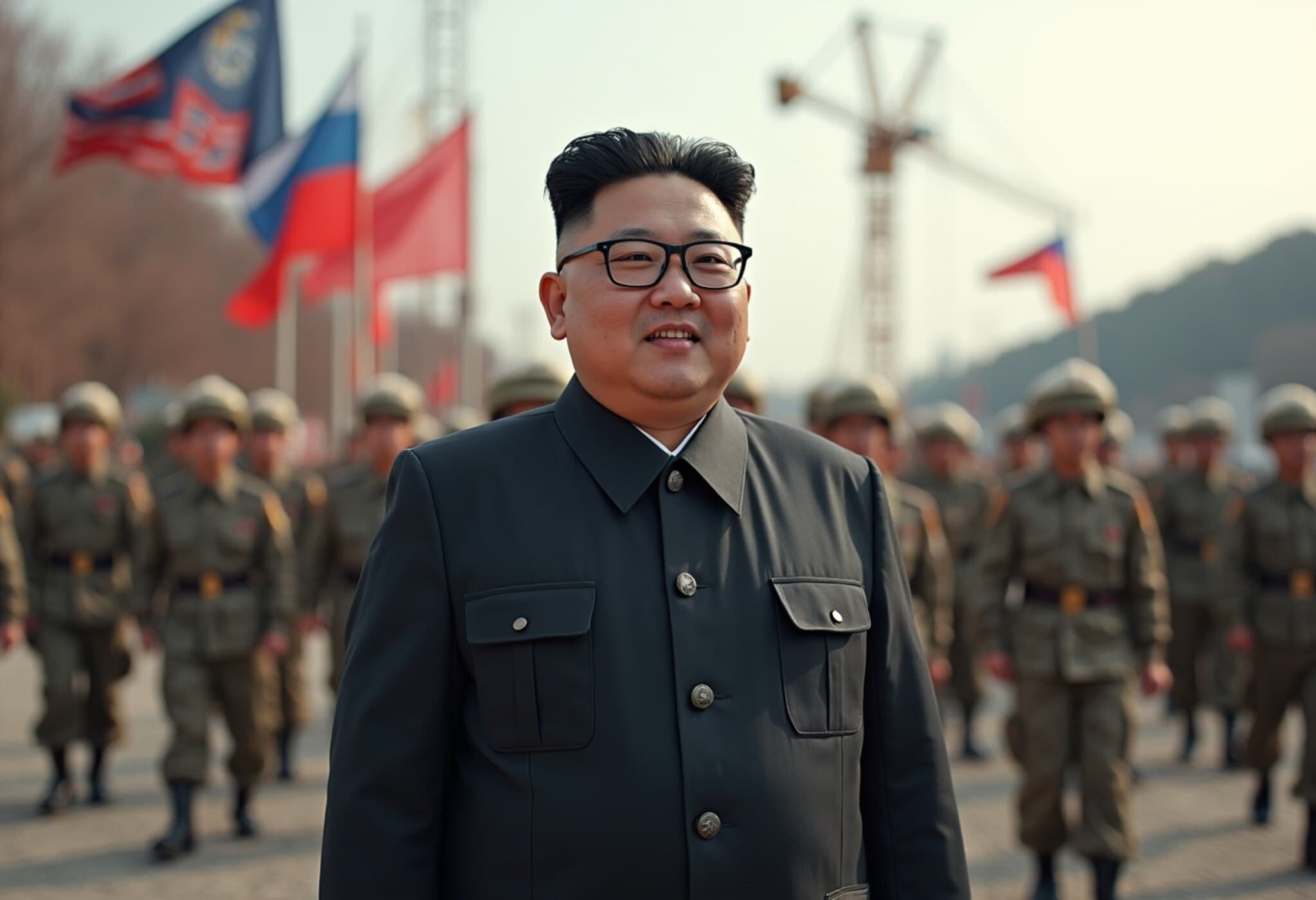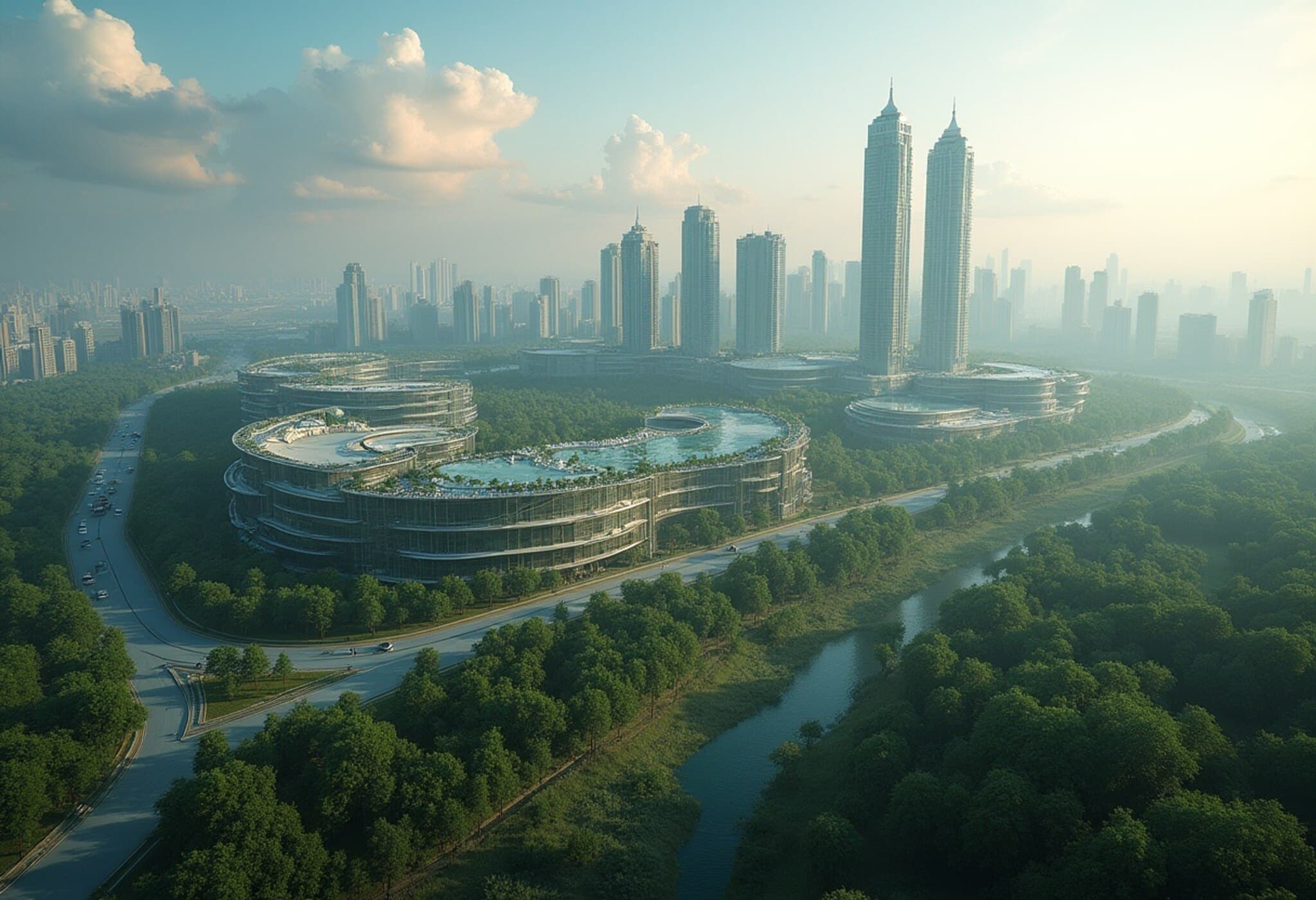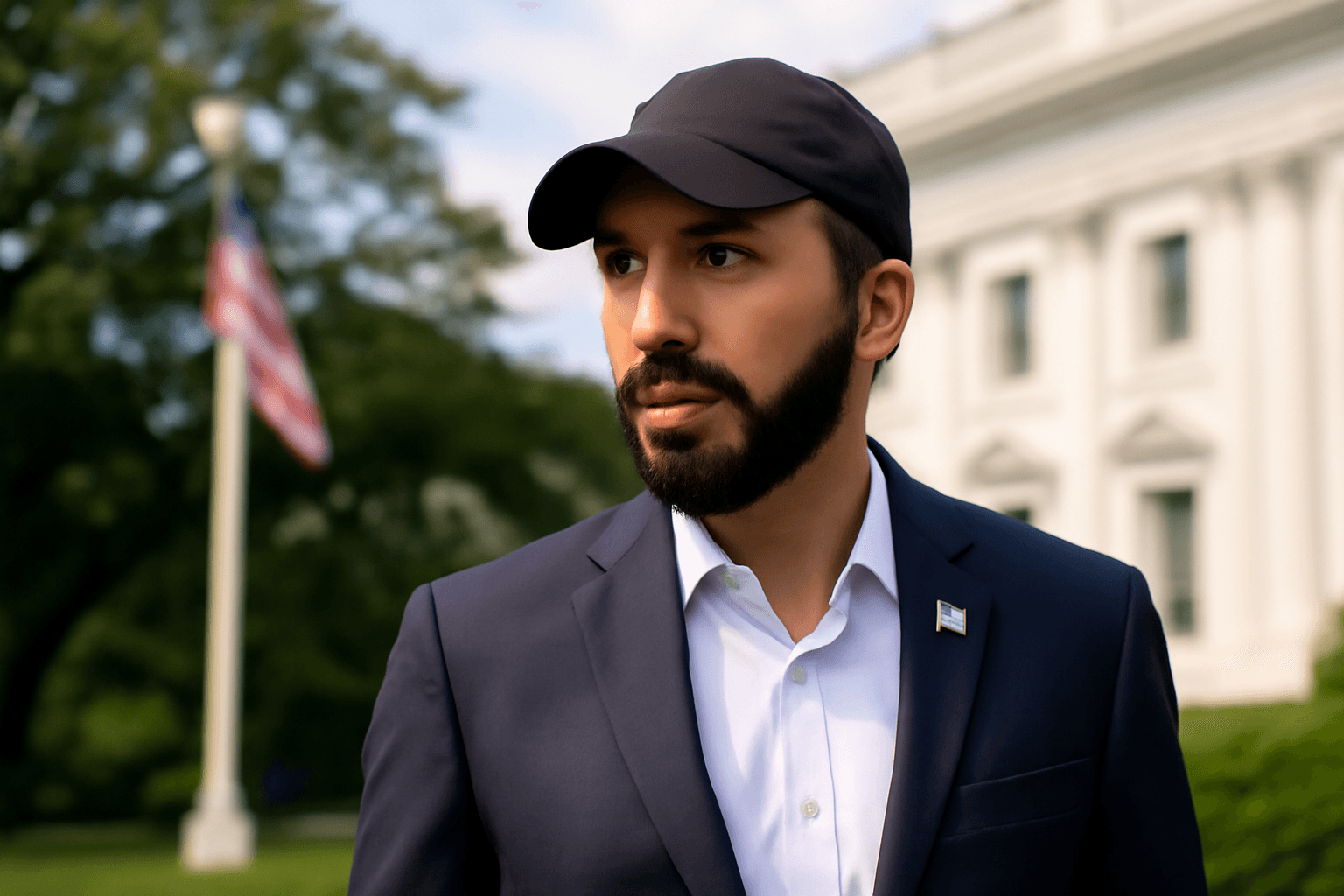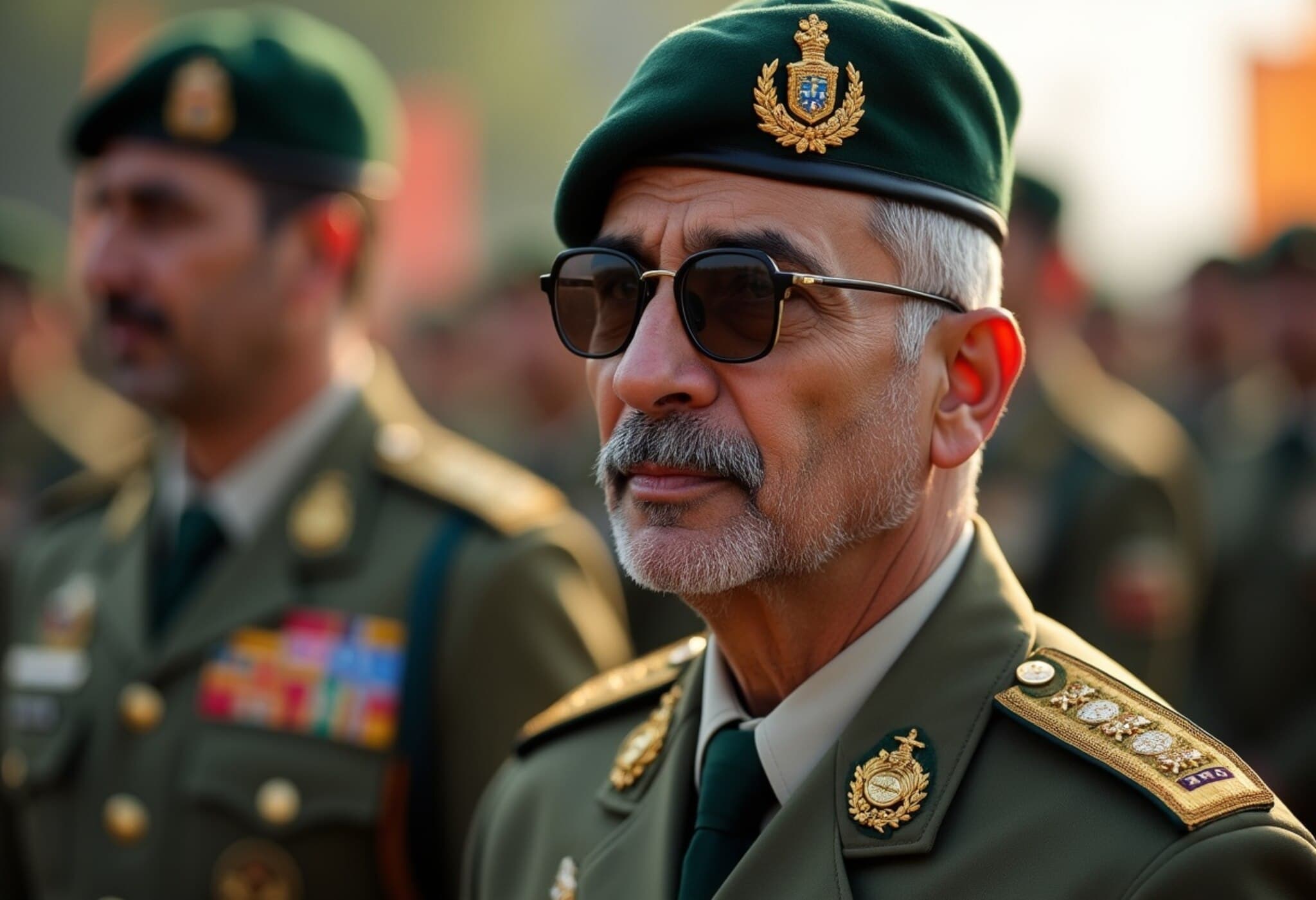Breakthrough Discovery at Caracol: A 1,700-Year-Old Maya Tomb Unearthed
Deep within the towering ruins of Caracol, Belize's largest ancient Maya city, archaeologists have stumbled upon a truly transformative find: the tomb of a Maya ruler dating back approximately 1,700 years. This discovery marks the first identifiable royal burial at Caracol, unveiling remarkable insights into the early days of a civilization that once thrived in the dense jungles of Central America.
Embedded beneath a structure the team had explored years earlier, the tomb had quietly awaited rediscovery. Inside rested the remains of Te K’ab Chak, a ruler who ascended the throne in A.D. 331 and is now considered by researchers as the founder of a dynastic line at Caracol. The chamber was richly adorned with luxurious artifacts that eloquently tell stories of power, trade, and cultural connections far beyond the city's boundaries.
Unearthing Royal Treasures: Beyond Jade and Pottery
The discovery is stunning not merely for its age but also for the exceptional quality and distinctiveness of the artifacts found alongside the ruler. Among these are a rare mosaic death mask crafted from jadeite — a precious stone highly valued in Maya culture — meticulously pieced together, along with three sets of equally luxurious jadeite ear spools. The tomb also yielded intricately decorated pottery vessels shaped like animals emblematic within Maya symbolism: an owl, a monkey, and a coati-mundi, a creature with traits likened to raccoons and lemurs.
Expert archaeologist Arlen Chase, part of the excavation team from the University of Houston, recalled the thrill of discovery vividly: "The moment we spotted the jadeite mosaic, we knew this tomb was extraordinary. It’s not just the artistry but the story behind the items — they speak of a ruler with immense status and reach." His wife and colleague, Diane Chase, whose career has spanned four decades at Caracol, emphasized the rarity of identifying a founder ruler through such well-preserved remains, considering Belize's humid climate often hampers preservation.
The Significance of Hieroglyphics and Social Status
Hieroglyphic inscriptions found within the burial chamber confirm Te K’ab Chak’s identity, shedding light on a pivotal era as Caracol transformed from a small settlement into a powerful urban center. Notably, the presence of red cinnabar powder, a luxurious pigment used in elite burials, underlined the occupant’s royal stature.
Clues to a Dynamic and Connected Mesoamerican World
Beyond the individual, this tomb speaks volumes about ancient relationships across hundreds of miles. Other artifacts found at Caracol, including cremated remains and green obsidian blades sourced from central Mexico, hint at early interactions with the distant metropolis of Teotihuacán.
Such connections challenge prior assumptions about the Maya’s relative isolation, suggesting a web of diplomatic and trade relations bridging vast geographic divides decades earlier than previously documented. Walking from Teotihuacán to Caracol would have taken over 150 days in ancient times, emphasizing the scale and significance of these early networks.
"This find paints a portrait of a globalized ancient world," said Melissa Badillo, director of Belize's Institute of Archaeology and a longtime collaborator with the Chases. "It’s evidence that political and economic ties among Mesoamerican cities were complex and dynamic, not isolated events or simple exchanges."
Scholarly Perspectives and Future Research
While the discovery has been met with enthusiasm, prominent scholars urge caution and the need for further scientific analysis. Anthropologist Rosemary Joyce of UC Berkeley highlighted the potential of DNA and isotope tests to unravel more intimate details about the ruler’s life and origins. She also pointed out that distinguishing whether the ceramic vessels were locally crafted or imported is crucial to understanding their broader cultural significance.
There is ongoing debate about the timing and mechanism of Maya-Teotihuacán interactions, often scrutinized for historical and political implications, especially by scholars associated with competing sites like Tikal. As Diane and Arlen Chase prepare for further excavation and detailed ceramic analyses, the academic world awaits peer-reviewed publications to deepen the discussion.
The Broader Implications: Rethinking Maya Civilization
This tomb compels us to rethink early Maya political structures as layered and networked rather than isolated. The idea that Teotihuacán’s reach influenced multiple Mesoamerican centers, rather than a single decisive takeover or alliance, aligns with emerging views of ancient societies as fluid, interconnected entities with evolving diplomatic and trade relations.
Belizean authorities are planning to showcase some of the artifacts to the public, bolstered by infrastructure improvements that will make Caracol more accessible to tourists and scholars alike. As excavation tools are carefully laid down and new questions arise, this monumental find promises to reshape our understanding of one of history’s most fascinating civilizations.
Editor’s Note
The discovery of Te K’ab Chak’s tomb is more than an archaeological milestone; it’s an invitation to reconsider the Maya civilization’s complexity at its dawn. How did early rulers navigate vast political landscapes? What role did cross-regional diplomacy and trade play in shaping these societies? As science progresses, interdisciplinary research combining archaeology, anthropology, and molecular analysis will be essential in unraveling these ancient narratives. This find reminds us that even after centuries of study, the past still holds profound mysteries waiting to reshape our historical foundations.

